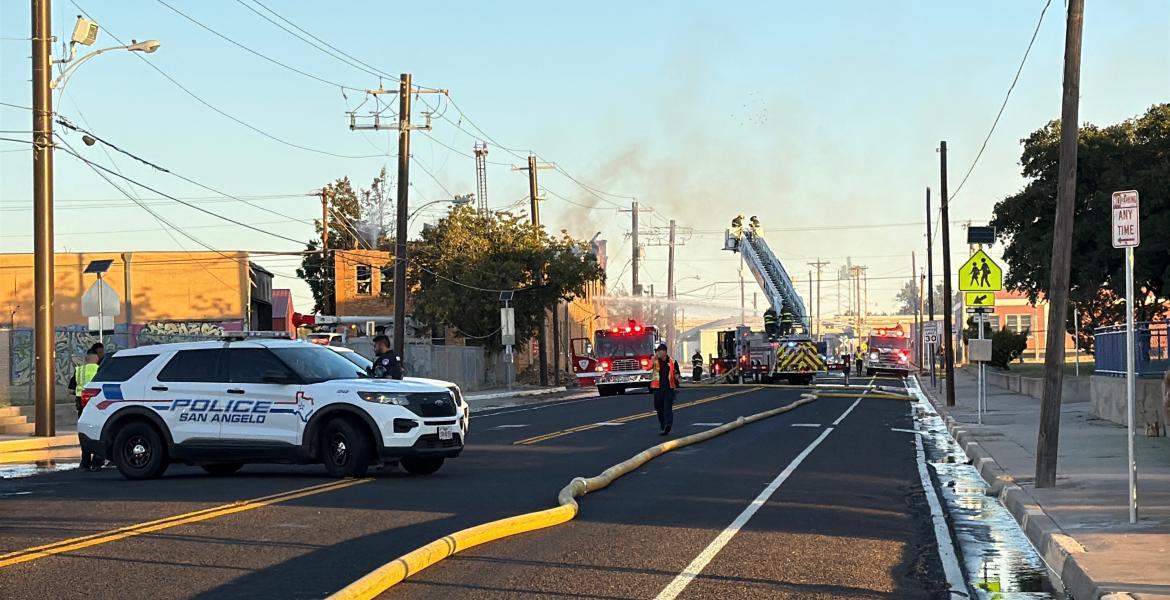SAN ANGELO – Fort Concho kicks off National Buffalo Soldier Days Thursday celebrating the history and significance of the Buffalo Soldier to the nation and to the Concho Valley.
In a recent social media post, Sarah Ross with Ft. Concho wrote, "When you come for a tour at Fort Concho and we talk about soldiers, we talk about all of the soldiers. This Thursday we will celebrate Buffalo Soldier day, the day Congress passed the bill that designated the original 6 regiments of black soldiers, and in later reorganization they made it to be only four regiments. The decision to reduce the military was caused by a belief that the military should not be at full force during peace time. Often in tours, I discuss the importance of learning the mistakes in the past to understand the present but also to make better decisions in the future. It is futile to keep making the same mistakes when we can learn from those before us. When Fort Concho first started the Buffalo Soldier program, the conversation about black frontier soldiers was limited to William Leckie’s book and a few mentions in museums. However, over the years, the Buffalo Soldier story is being included in the narrative of what late nineteenth century San Angelo life was like. While out on tours we have heard this question: “was there segregation?” Technically, yes. There was deliberate reasoning. Segregation as we understand it comes from the early 20th century, with the creation of the Jim Crow Laws. Immediately following the Civil War, there were a few years during Reconstruction where the realities of American prejudice looked to be changing. In 1870, only 5 years after the Civil War, Hiram R. Revels became the first black senator. Voting laws meant to discriminate against African American men had not been enacted and the 15th amendment was to guarantee protection to vote. To quote Eric Foner, African Americans had “nothing but freedom” following the Civil War, but the tide seemed to be changing. Unfortunately, through some late nineteenth century political choices and the reclaiming of power by southern Democrats, the tide receded and Reconstruction ended. To bring us back to the question, the choice was deliberate and multi fold. There was the racial prejudice of considering a black sergeant being in charge of a white private, unheard of in the social structure of the nineteenth century. Also there was the fact that Congress saw promise in the black soldiers. This time was before tracking and social security numbers and desertion could happen a lot easier. Soldier desertion during the Civil War was high in the South and there were issues even in the North. During the Civil War, the lowest desertion rates were among the United States Colored Troops (USCT.) This low rate did not go unnoticed. If Congress was to spend the money to have African Americans entering the service, they did not want to risk white officers putting in white soldiers in the newly formed regiments. White officers did try to put in white NCOs but all requests were denied.
Upon African American men entering the service, it would be another 82 years until segregation of race ended in the Army. It was fifteen years after desegregation of the Army that we saw the March on Washington where Martin Luther King Jr. gave his “I Have a Dream” speech."
Subscribe to the LIVE! Daily
Required






Post a comment to this article here: